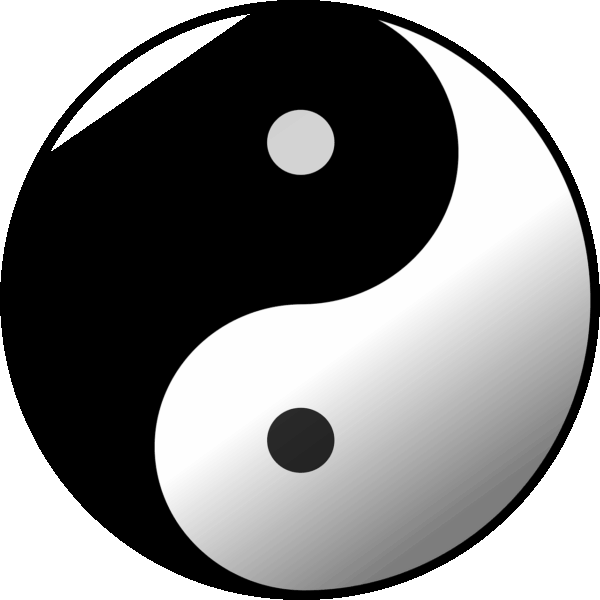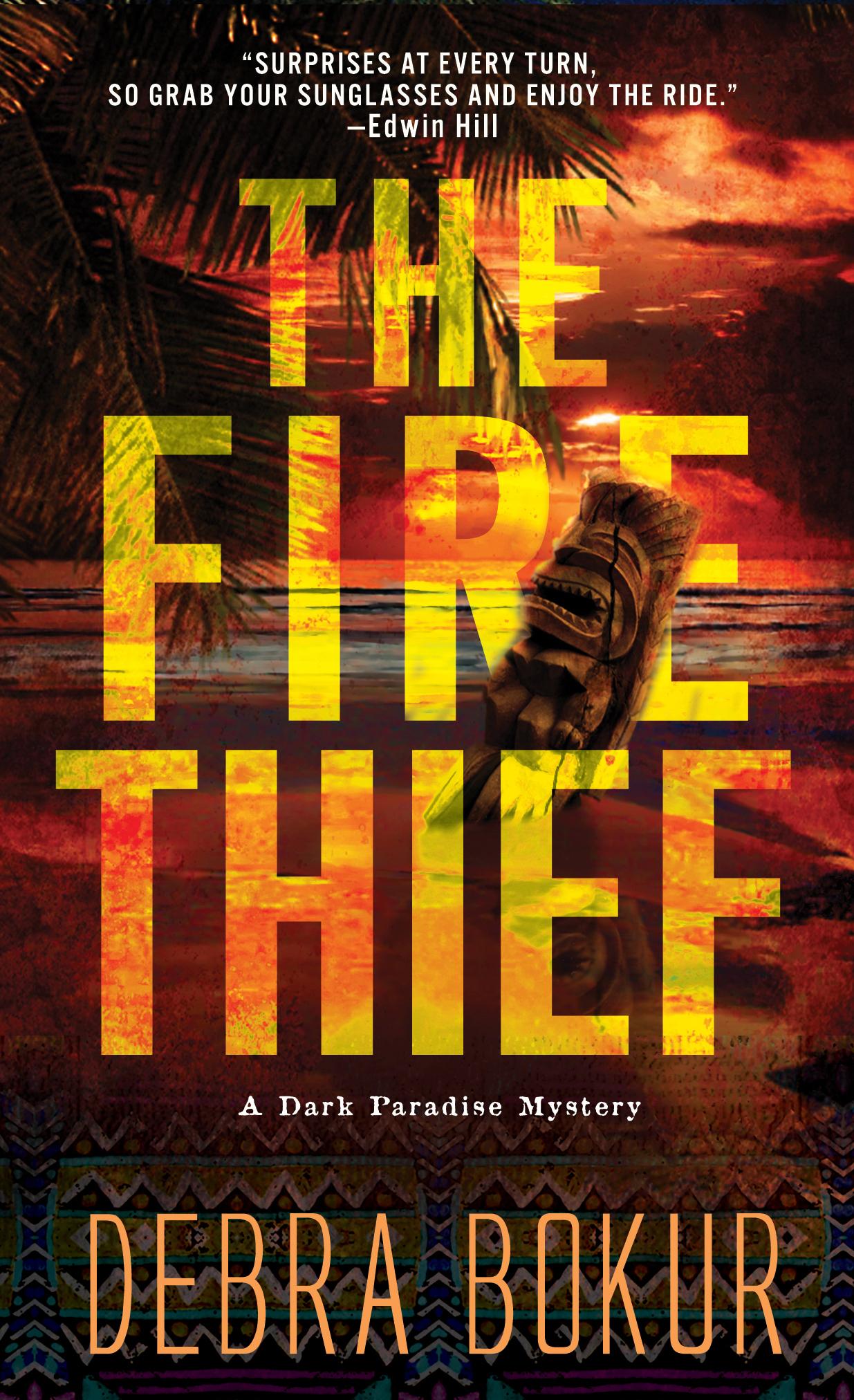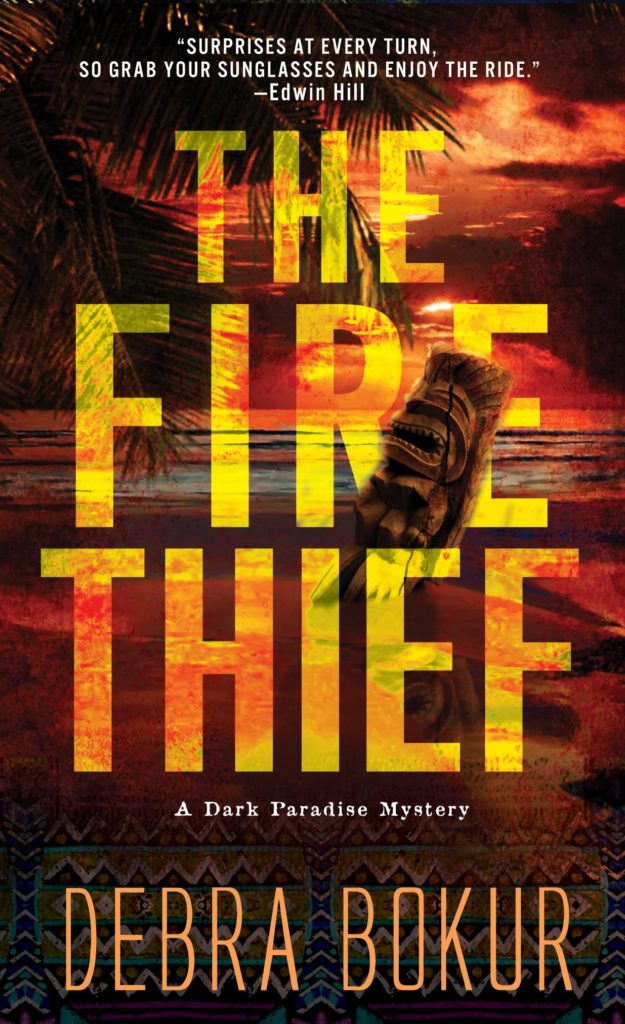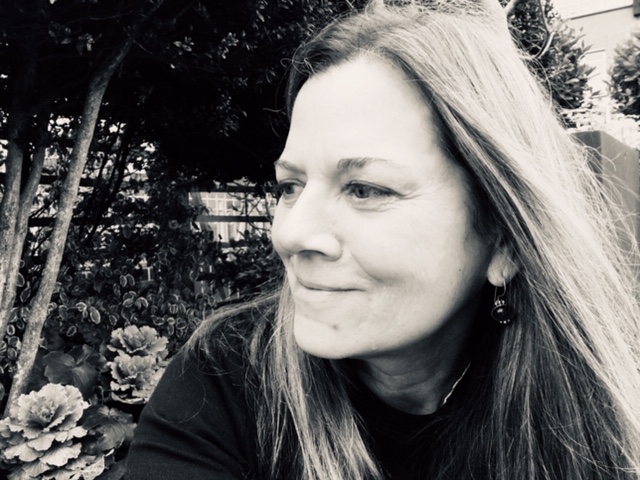If we writers had crystal balls, we’d have no problem creating memorable fictional characters. Especially when writing short stories and flash fiction.
But how do I, as a woman, actually know what a guy thinks or feels? Yes, men and women are both human and share many similarities … but, let’s face it, everyone knows they’re different, too.
In this blog post, I share some of what I learned during the process of co-writing a mystery novel with my friend Herb, and from collecting the opinions of numerous writers over the years.
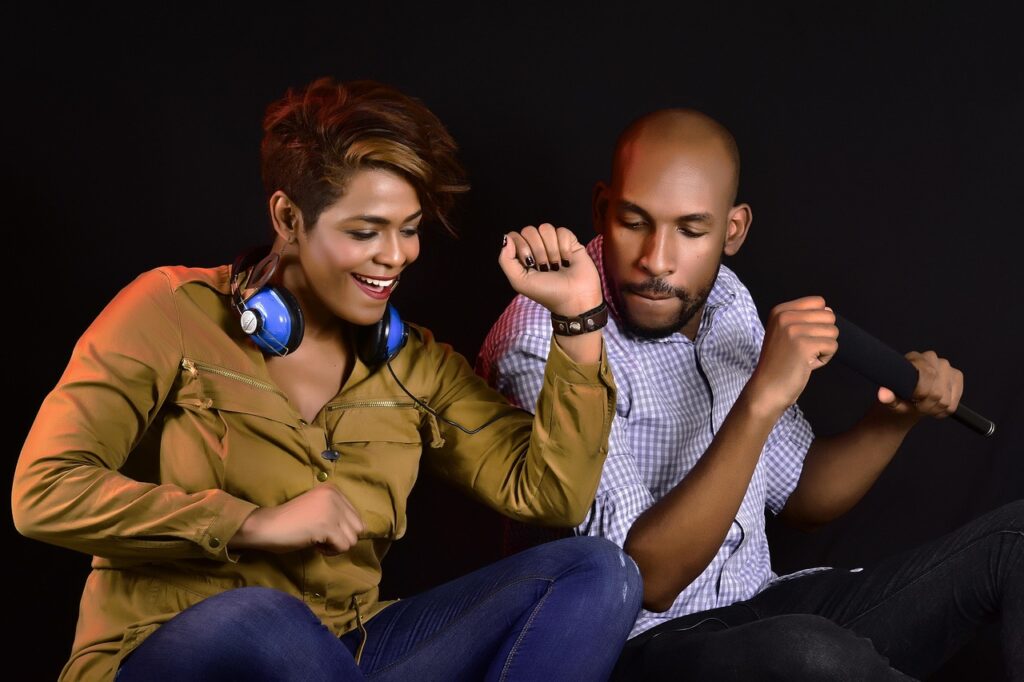
Creating Memorable Fictional Characters
They say to write what you know. But what do I know about being a guy? Or what goes on in the minds of men?
Another challenge I’ve faced throughout my writing career is to create characters who don’t sound just like me. That challenge is magnified when I’m writing male characters.
Cowriting with my buddy Herb is, without a doubt, one of the best learning experiences of my writing career. During our collaboration co-authoring a mystery, and throughout the process of critiquing each other’s’ works-in-progress (WIPs), he’s given me insights I wouldn’t have had on my own.
In short, each of us wrote from the point of view (POV) of specific characters in the book—both male and female. Because each of us has a different background (me with insurance and he with law enforcement and the military), we were able to provide further insight into how our characters would/should behave and talk.
Quick Quiz
Can you tell which character (Karl and Stephanie) spoke each of the following lines of dialogu?
Line 1
Ed’s boat went down in a storm three days ago. He’s–he’s–gone.”
Line 2
Gone? Ed? Three days ago?
I’ll bet you could. Line 1 is Stephanie and Line 2 is Karl. Read on to learn some of the characteristics that set male and female characters apart.

The Differences Between Men and Women
In the controversial but fascinating book, Dangerous Men and Adventurous Women, more than a dozen best-selling romance writers spell out many of the differences they note between men and women. I agree with the perspectives of many of these writers. Specifically, with respect to the manner in which men and women speak, I’ve learned and observed the following generalizations:
- Although everyone will tell you that women talk more than men do, this isn’t always the case. In fact, a study shows it’s only true in a certain age group.
- Women ask more questions than men do.
- Men interrupt more often than women do.
- Women tend to be specific and men tend to be vague. Just ask a woman and a man what color that dress is. The woman will say mauve and the man will say pink. Or purple.
- Men are more apt to give orders and women are more apt to make suggestions.
So, you may be wondering, what does this have to do with creating memorable fictional characters? We need to focus on these differences and incorporate them into our characters’ dialogue and behavior.

Devices for Creating Characters
One tool I’ve found useful is to maintain a spreadsheet or chart of the characters in the story or book I’m writing. In it, I list unique manners of speaking and traits for each character while ensuring that no two characters share the same physical gestures, buzz words, etc.
In the book I’m writing now, Allie is my lead character. She tends to use long, flowing sentences and think deeply. I don’t allow any other characters to use certain words and phrases that she does, such as:
- Still, though, given, sure, ditto, yep, nope, nah
- In fact, no kidding, then again
Willa, a secondary character, speaks and thinks in shorter, more direct sentences. She’s the only character who uses the following words and phrases:
- Yes!, despite, now, sweetie, however
- On the other hand, bit my tongue
I also make sure that when Allie describes people and objects, and just generally inside her head, she uses words and connections with sound and smell. (She’s auditory.) On the other hand, Willa’s awareness is primarily visual. However, they both have a connection with scent that runs through the story.
Why Showing Differences is Important
By using separate and distinct qualities and manners of speaking, it’s easier for the reader to (a) identify which character is speaking, and (b) identify with the character herself. By allowing the characters to share a similar trait, I’m able to subtly build the connection between the two women.
One of the best strategies I use when writing from a male perspective is to ensure that much of the character’s conversation and internal thought is short and to the point. I’ve found that men tend to use less description in their talk, less reference to emotion, and fewer words.
Here are some examples from Death Benefits, the book Herb and I wrote together. Note how the male and female characters speak differently. See if you can guess which of us wrote which excerpt.
Excerpt 1
“Glad to meet you, Mrs. Tito. Um, Stephanie. I’m Karl, Ed’s friend, and I’m in town now. Is Ed home?”
“Karl?”
“Yeah, Karl Stryker. Ed’s Army buddy. I want to come by and shoot the … meet up with Ed.”
After a long pause, the woman wpoke very softly. “You haven’t heard.”
“Heard what?”
“Ed’s boat went down in a storm three days ago. He’s–he’s–gone.”
“Gone? Ed? Three days ago?”
Excerpt 2
Manny pulled a notebook from his jacket pocket. “What does this guy look like?”
She closed her eyes. “Late thirties? Longish blond hair, blue eyes, and clean-shaven. Moved like an athlete. Had a nice, open smile.”
He could always count on Ann for the details. “How tall?”
She opened her eyes and grinned. “Taller than me, shorter than you.”
“Ann.”
“My eyes were level with the crooked knot of his tie.”
Creating Memorable Fictional Characters
To sum up, here’s a chart that contrasts many of the ways in which men and women behave and speak differently. Of course, these are generalizations and each individual man and woman will behave uniquely.
| MEN | WOMEN |
|---|---|
| Find life to be a competition | Find life to be a cooperative effort |
| Socialize with other men to DO things together | Socialze with other women to talk about their FEELINGS and thoughts |
| Make decisions about what they plan to do; seldom offer explanations | Say what they want to do and offer the reasons why |
| Make statements (they’re direct) * | Ask questions and make suggestions (they’re indirect) |
| Body language isn’t always congruent with what they’re thking and feeling (e.g., they’ll avoid eye contact or turn away when emotional) | Body language usually congruent with how they’re thiking and feeling (e.g., they’ll cry or talk when emotional) |
| Seldom initiate or choose to discuss their emotions | Often enjoy and invite emotional conversation |
| Learn how they feel by thinking | Learn how they feel by talking |
| Interrupt * | Take turns |
| Ask questions to obtain details and information * | Ask questions to continue talking |
| Vague (the color is blue) | Specific (the color is indigo) |
| Rarely use other people’s names in conversation | Often use other people’s names in conversation. |
FYI, I inserted an asterisk [*] in the Male column above to show traits I share with most men. Also, FYI, all the Female traits apply to me!
Share your thoughts below and/or feel free to add your suggestions for additions to the list!
